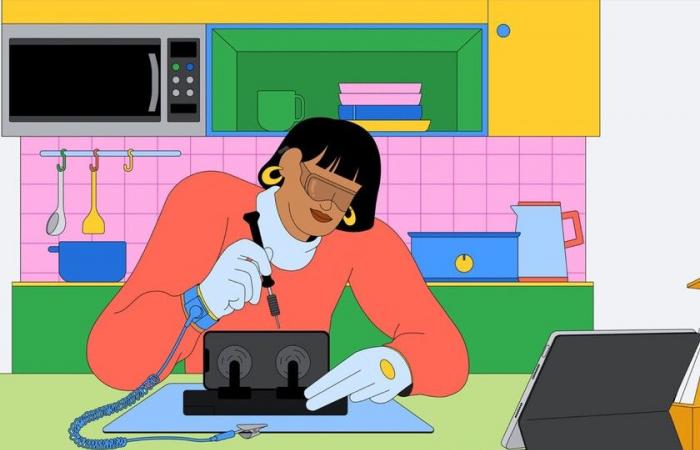A whitepaper published by Apple reveals both improvements in the repairability of its devices and the defense that its great longevity is more convenient
Apple has published a whitepaper in which it emphasizes the longevity of its devices and announces the expansion of the self-repair program to Europe.
In the 24-page document, it details its “longevity by design” approach to its products.
Because it is important. Apple seeks to balance the durability and repairability of its products, prioritizing longevity without sacrificing safety or performance. This reflects a shift in its focus towards greater sustainability and accessibility of repairs.
That change has been gradual and has been brewing for some time. That policy definitely fits better with its sustainable approach than the stage in which it was practically impossible to make any repairs to its devices without having to take it to official support, where prices can be a deterrent.
The key points.
- Apple has expanded its self-repair diagnostic program to 32 European countries.
- Support for third-party components on iPhones, such as screens and batteries, will be improved.
- Apple defends “component pairing” as a safety measure, not as a way to limit repairs.
The context. For years, Apple has received criticism for the difficulty of repairing its devices. A few years ago it began taking steps to improve its repairability. The last, the option of repairing with used parts.
It was partly a decision made by sustainability concerns mandated by its public values statement, and partly by the growing movement around the right to repair.
In detail. Apple argues that prioritizing longevity over repairability is better for sustainability. And use the example of the iPhone charging port:
“Making the charging port replaceable would require additional components that would increase the carbon emissions to manufacture each device. The increased manufacturing emissions are only justified if the charging port needs replacement in at least 10% of the devices. In fact , the actual service rate was below 0.1%.”
It’s like the old dilemma between buying a car that’s long-lasting and difficult to repair or one that’s less robust but easy to fix. Apple is betting on the first option, arguing that in the long term it’s better for the environment and for the user.
The numbers. According to Apple:
- The iPhone retains at least 40% more value on the second-hand market compared to Android phones.
- Hundreds of millions of iPhones have been in use for more than five years.
- Out-of-warranty repairs decreased by 38% between 2015 and 2022.
- Accidental damage repairs for iPhones have decreased by 44% since improvements were introduced in the iPhone 7 in 2016.
In perspectiveApple’s approach to longevity represents a significant shift in the tech industry. By prioritizing durability and gradually improving repairability, the company is seeking a balance between sustainability, security and user experience.
In Xataka | We are buying more expensive cell phones than ever. It’s exactly what the big manufacturers wanted.
Featured image | Manzana


